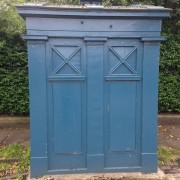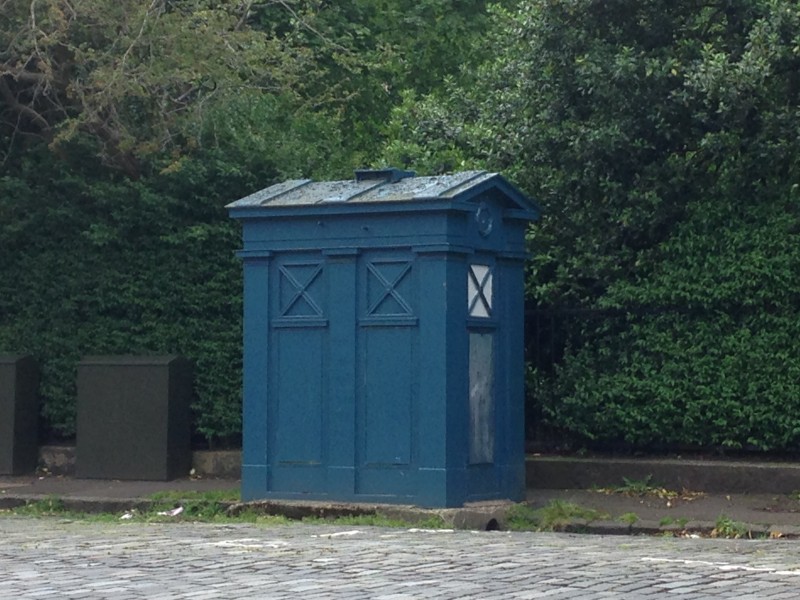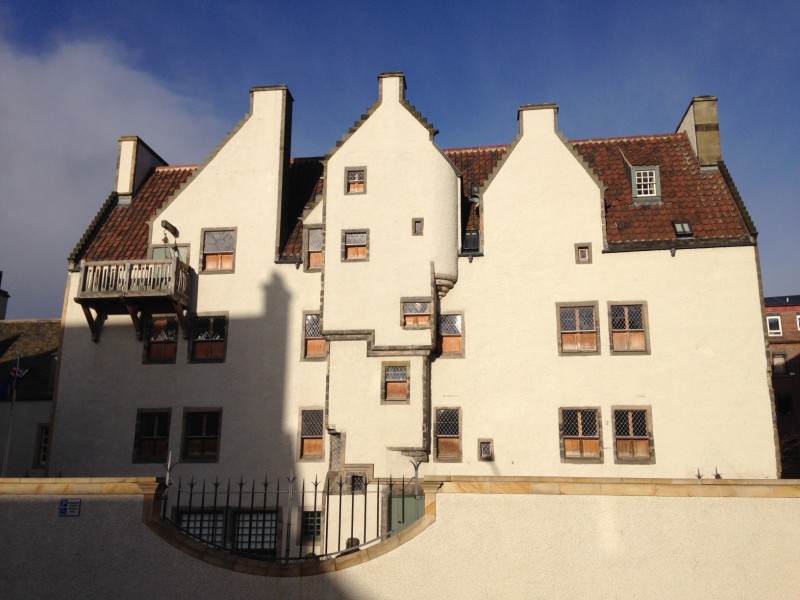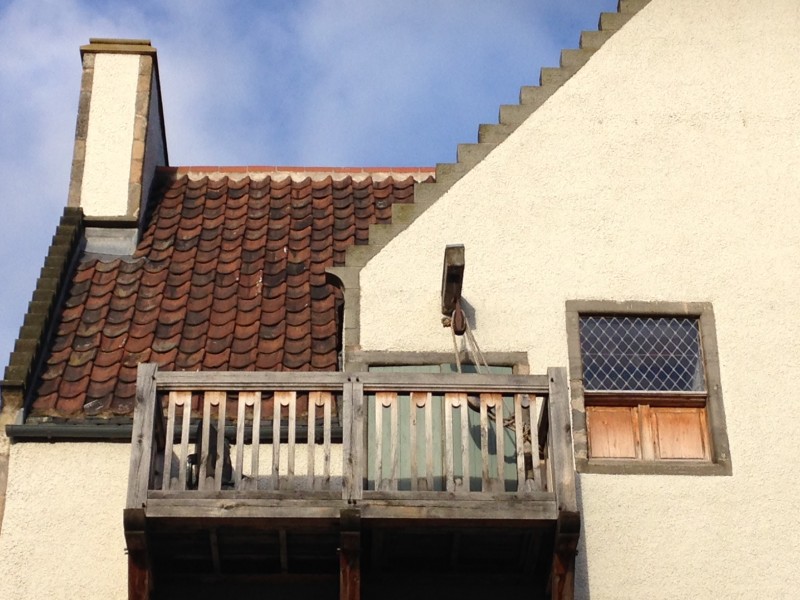Edinburgh’s Stockbridge is a turophile’s paradise
I have to admit to being a turophile.
According to The Collins English Dictionary Turophile : (noun) a person who loves cheese.
Stockbridge is a old village now within the northern centre of the City of Edinburgh that has a somewhat bohemian atmosphere and is a much sought after place to live. Every time I take guided walks here it seems that there are new bars, cafe’s and restaurants springing up adding to the many independent retailers and high-end charity shops which proliferate.
And the one thing that locals can not say they are short of is cheese.
Yes, there are supermarkets serving prepacked products – something my late dad, also an avowed turophile, called plastic cheese! And there are great established independent Deli’s on Stockbridge’s main street Raeburn Place, like Herbie’s and Henri’s who have been serving a fine selection for some time. The Stockbridge Sunday market here has several cheese purveyors and sometimes a stall selling kits from The Big Cheese Maker.
Some years ago Edinburgh then saw the establishment of artisan cheese shops from Ian Mellis, one of which was established in Stockbridge. I visited Mellis’s not that long ago for lunch
and it was terrific.
Then in September 2015 Smith & Gertrude, a bar focussing on wine and cheese opened in Hamilton Place, Edinburgh and has been a great success.
They match wine and cheese – along with some charcuterie & breads, and the atmosphere is very relaxing.
You would think that that was that! Cheese fanatics could sate their appetite.
But now comes along another cheesemonger. George Mewes have set up shop in Edinburgh following great success in Glasgow and they have chosen Stockbridge. So now two stores only hundreds of metres apart dedicated to cheese.
Paradise!
As part of our Edinburgh guided walks – see www.edinburghwalks.com/walks – we take in Stockbridge and you too can visit cheese paradise……..


























